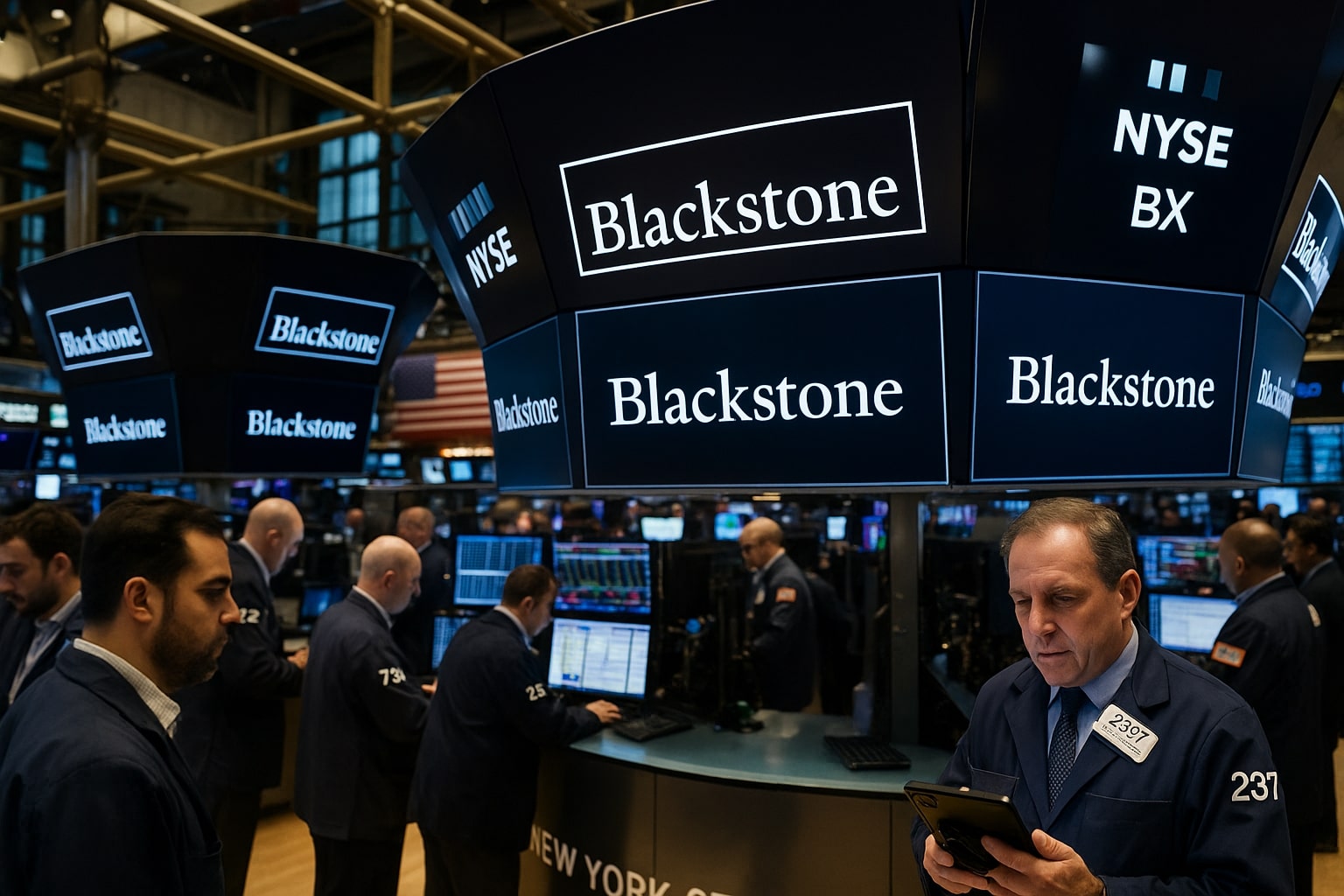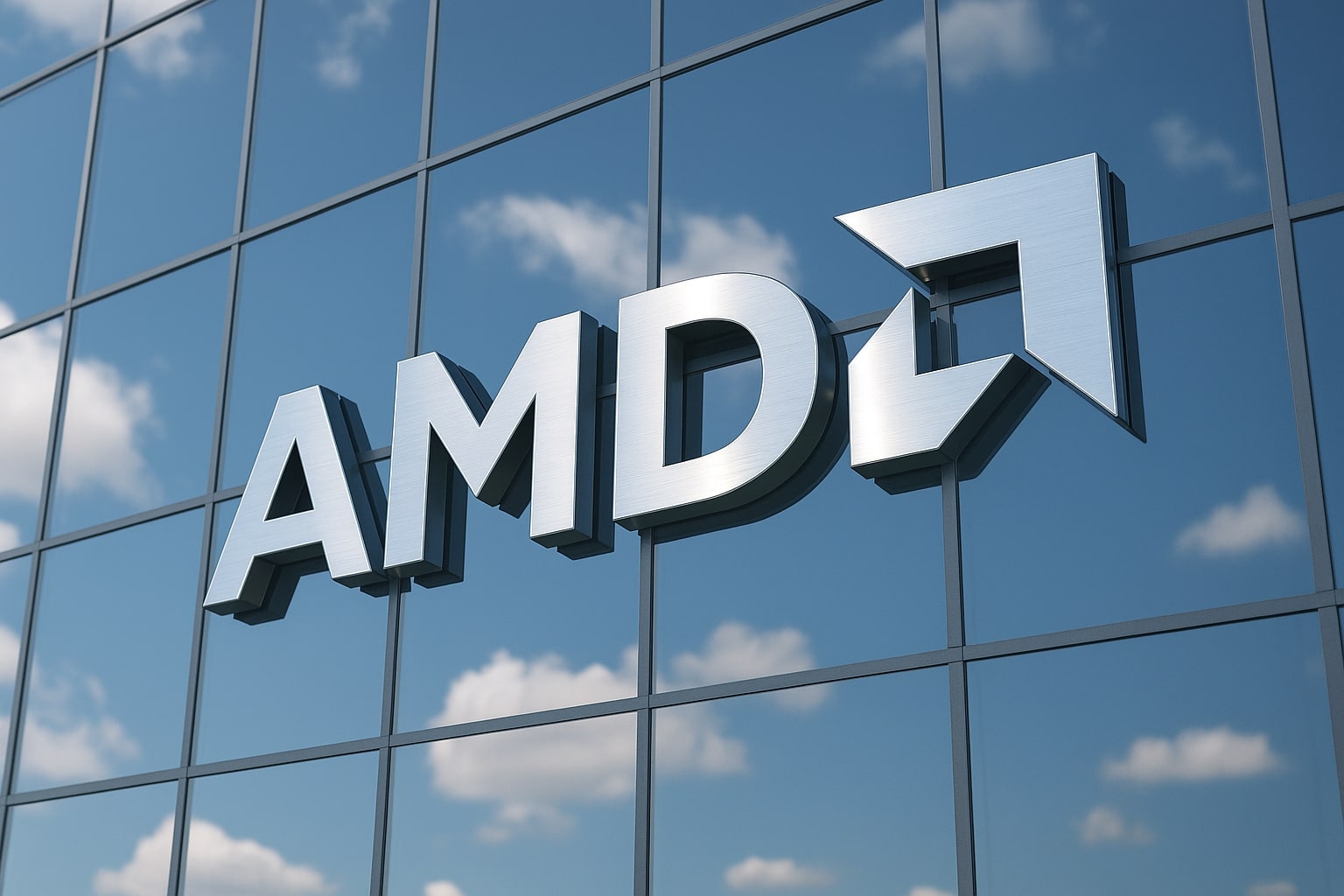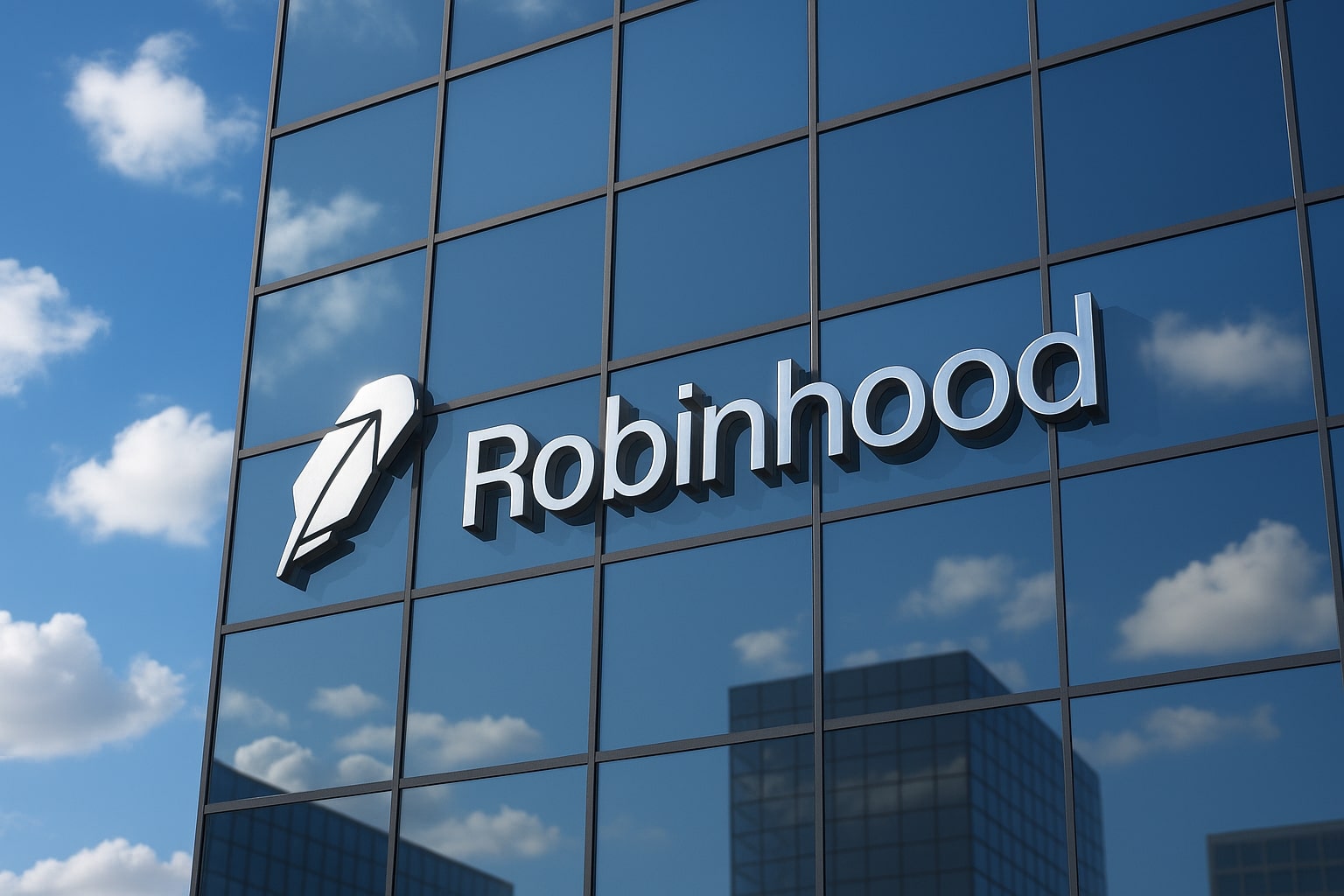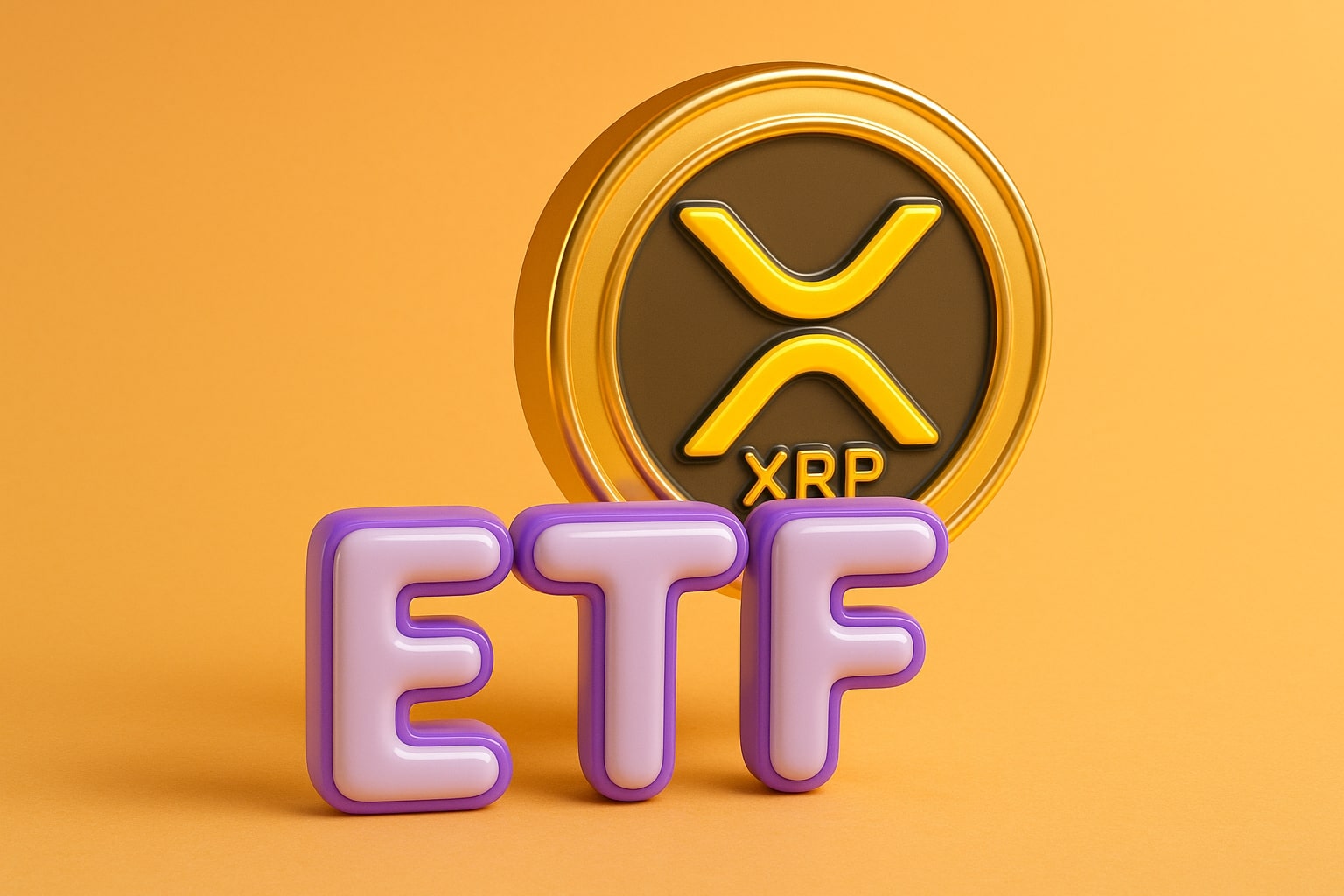
Blackstone Stock Price Forecast: (NYSE:BX) Scaling from $173 Toward $200–$215 on Alternative Asset Momentum
With over $1.2 trillion in AUM and new capital markets opening, the outlook for BX hinges on execution; models suggest a path to $200+ | That's TradingNEWS
Blackstone (NYSE:BX) Stock Analysis: Growth Beyond $1 Trillion AUM, But Valuation Stretches
Blackstone Inc. (NYSE:BX) is trading near $172.65, up 0.59% intraday, reflecting a strong rebound from its 52-week low of $115.66. The stock touched as high as $200.96 earlier in the year before pulling back, leaving investors debating whether the world’s largest alternative asset manager is poised for another leg higher or already pricing in too much optimism. With a market capitalization above $212 billion and assets under management exceeding $1.2 trillion, Blackstone has no peer in terms of scale. Yet, stretched multiples and macro risks could define the stock’s next leg.
Blackstone’s Record Assets Under Management
Blackstone’s assets under management grew to a record $1.2 trillion, up 13% year-over-year. Of this, fee-earning AUM rose 10%, showing that inflows are translating into revenue. Importantly, perpetual capital now makes up 47% of fee-earning AUM, giving BX predictable long-term cash flow compared to traditional closed-end funds. The firm also controls over $180 billion in dry powder, a war chest that allows it to seize opportunities across distressed real estate, private credit, and infrastructure.
The composition of AUM underscores diversification. Private equity remains the largest contributor, with major positions across consumer, healthcare, and technology. Real estate, which has been under pressure from falling office valuations, is stabilizing, as construction pipelines have dried up and multifamily oversupply has corrected. Meanwhile, Blackstone’s credit business—now one of the largest private lenders in the world—has seen surging demand as banks retreat from leveraged lending. Infrastructure is a growing leg, capturing capital inflows into renewable energy, AI-powered data centers, and grid modernization projects.
Earnings and Profitability Strength
In the latest quarter, Blackstone reported revenue of $3.07 billion and net income of $1.57 billion, with diluted EPS of $1.21, surpassing Wall Street’s expectation of $1.10. For fiscal year 2024, revenue totaled $11.57 billion, up from $10.93 billion in 2023, while net income hit $2.86 billion. The firm’s operating margin stood at 52.7%, one of the highest in the financial sector, with return on equity climbing to 28.8%.
Quarterly revenue growth reached 42.5% year-over-year, a sign of accelerating deal activity and realizations. BX’s profit margin of 21.2% shows its scale advantage compared to smaller private equity peers. However, the firm remains sensitive to market conditions—performance fees rise sharply when IPO and M&A markets are active, but compress in quiet periods.
Valuation Analysis: High Multiples and Yield Compression
At $172 per share, Blackstone trades at a forward P/E ratio of 34.6x, more than double its long-term average of ~16.6x and significantly above asset manager peers like KKR (22x) and Apollo (20x). The PEG ratio of 3.01 signals expectations for strong sustained growth, but it also shows investors are paying a premium for access to BX’s platform.
The dividend yield of 2.48% is far below its historical average of 5.5%. While Blackstone has raised dividends in tandem with earnings, its payout ratio stands at over 109%, meaning it distributes more than it earns in some quarters, relying heavily on fee-related performance gains. Investors buying BX at current levels are betting on continuous double-digit AUM and EPS expansion.
Retail and Insurance Expansion Driving Next Growth Cycle
A major strategic tailwind for Blackstone is retail democratization of alternatives. With global private wealth exceeding $140 trillion, BX is targeting high-net-worth investors with evergreen funds such as BREIT (Blackstone Real Estate Income Trust) and BXPE (Blackstone Private Equity). These products already attract billions in inflows and provide recurring fee streams.
Regulatory developments add another layer of growth. The Trump administration’s executive order opening 401(k) retirement plans to private market investments directly benefits Blackstone, which has the scale and infrastructure to dominate this new allocation channel. If even 5% of U.S. 401(k) assets shift toward alternatives, it could represent hundreds of billions in potential inflows for BX over the coming decade.
Insurance partnerships are also growing rapidly, with insurers increasing allocations to private credit as they chase higher yields than government bonds provide. This complements Blackstone’s credit platform, which has become a cornerstone of its growth engine.
Market Performance and Analyst Targets
Over the past year, BX has surged 75.6%, far outpacing the 15.9% gain in the S&P 500. Shares recently set a 52-week high at $200.96 before retreating to the $172 range. Moving averages reflect strength, with the 50-day at $163.33 and 200-day at $159.58, both well below the current trading price, indicating strong technical support.
Analysts remain divided. The average 12-month price target is $180.63, with a high forecast of $215 and a low of $145. EPS is expected to grow from $5.03 in 2025 to $6.51 in 2026, implying nearly 30% earnings growth year-over-year. Revenue is projected to increase from $12.6 billion in 2025 to $16.1 billion in 2026, reflecting a 28% growth trajectory.
Short interest sits at 1.5% of float, reflecting limited bearish positioning, while institutions control over 70% of shares outstanding. Insider ownership is just under 1%, with activity available via Blackstone’s insider transaction records.
Macro Tailwinds and Risks for BX Stock
Blackstone is highly sensitive to interest rates. The firm benefits from lower financing costs and rising valuations when the Federal Reserve cuts rates. Markets currently price in a 100 basis point rate cut over the next year, which could boost portfolio company valuations and fee realizations. BX’s massive $180 billion in dry powder positions it to strike aggressively in a falling rate environment.
Yet risks loom. If long-term Treasury yields rise above 5% due to U.S. fiscal deficits, the attractiveness of private equity and credit could diminish as pensions rotate back into fixed income. Competition from Apollo, KKR, and Ares is intensifying, especially in private credit. Geopolitical uncertainty around China and Taiwan also poses risks, as Blackstone maintains exposure to Asian funds and economic cycles.
Final Outlook on NYSE:BX
At today’s price of $172.65, Blackstone’s stock is richly valued but underpinned by extraordinary growth in AUM, expansion into retail and insurance, and global leadership in alternatives. If earnings growth of nearly 30% in 2026 materializes and interest rates decline as expected, BX has upside toward the $200–$215 range within a year. However, the elevated P/E multiple and low dividend yield leave limited room for error.
NYSE:BX is a Buy for growth-oriented investors targeting $200+, but conservative investors may find the risk-reward stretched. The stock remains a high-conviction leader in alternatives, but entry points below $160 would offer a more compelling long-term risk profile.
That's TradingNEWS
Read More
-
AMD Stock Price Forecast - AMD Shares Gains on $9.2B Q3 Surge
27.11.2025 · TradingNEWS ArchiveStocks
-
XRP ETFs (NASDAQ:XRPI, NASDAQ:XRPR) Cross $644M AUM as XRP-USD Climbs to $2.18
27.11.2025 · TradingNEWS ArchiveCrypto
-
Natural Gas Price (NG=F) Rises Toward $4.60 as Cold Weather and Record LNG Exports
27.11.2025 · TradingNEWS ArchiveCommodities
-
Stock Market Today - Dow 47,427 and Nasdaq 23,214 — Fed Cut Bets Power DELL, HOOD, and URBN in Holiday Rally
27.11.2025 · TradingNEWS ArchiveMarkets
-
USD/JPY Price Forecast - (Dollar–Yen) Steadies at 156.30 as Japan’s ¥21.3 Trillion Stimulus
27.11.2025 · TradingNEWS ArchiveForex


















